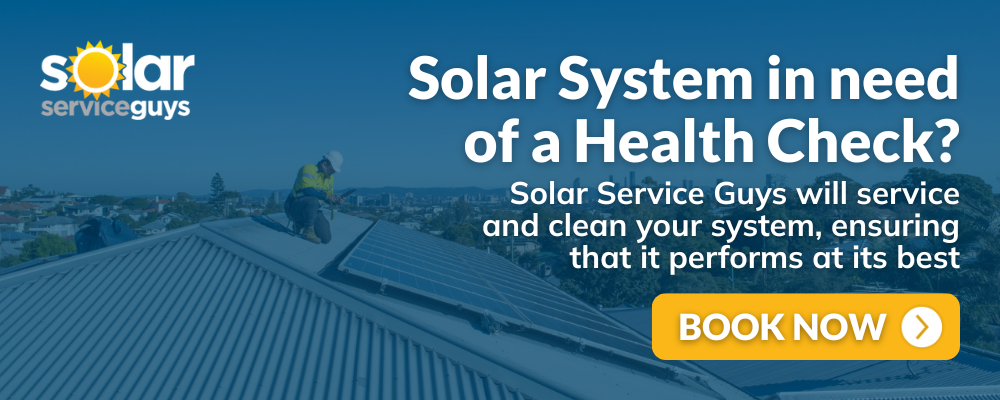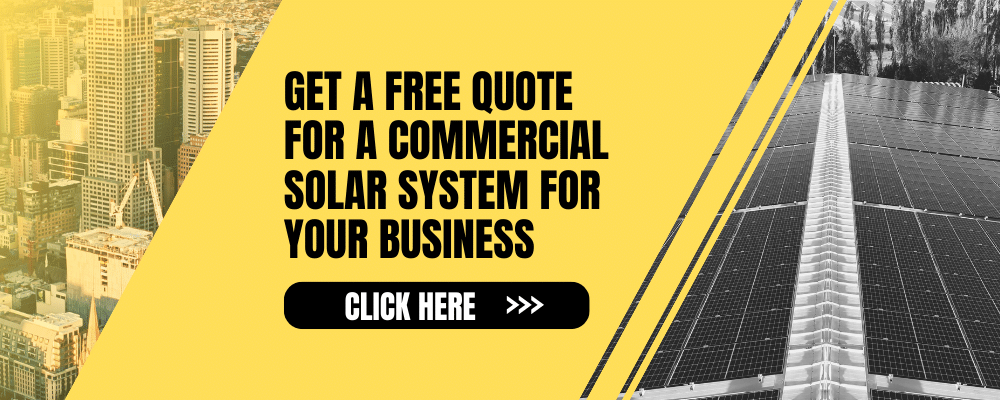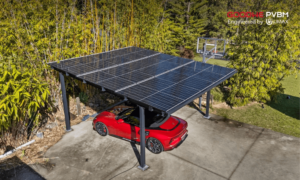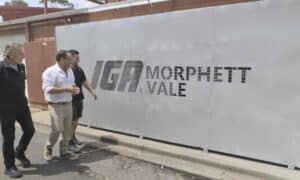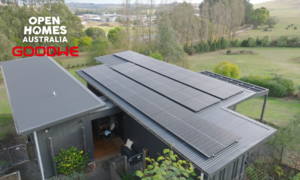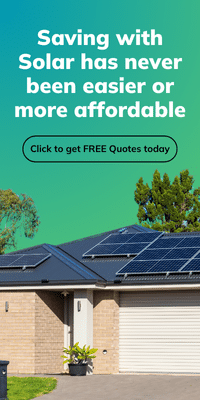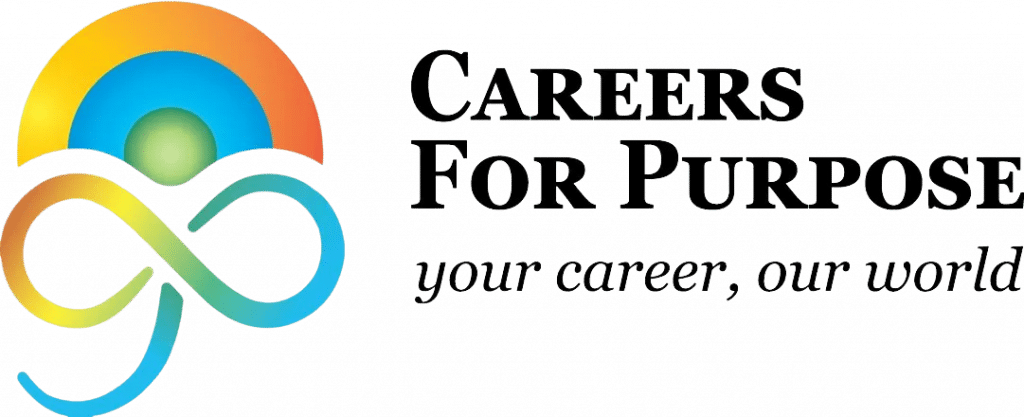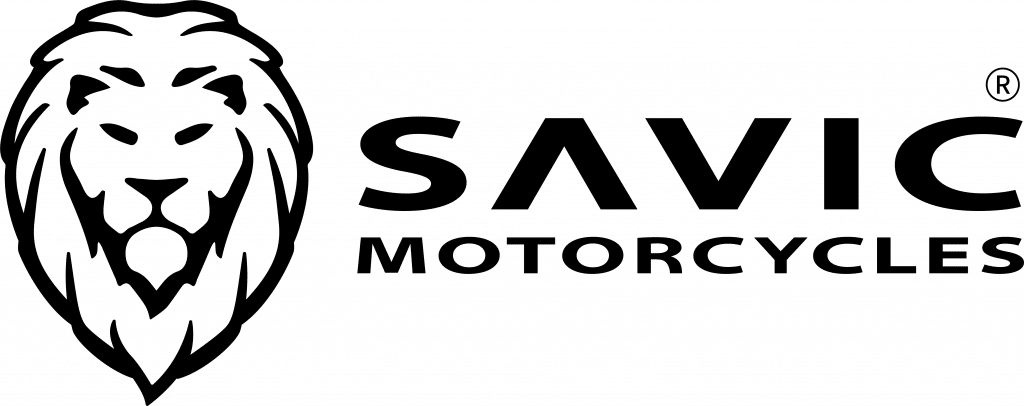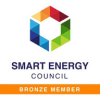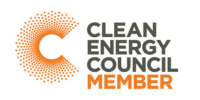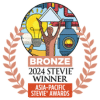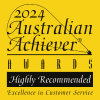Sustainability starts at home, but it thrives in the classroom. As the climate crisis worsens, teaching Aussie kids to care for the planet is no longer optional. It’s essential. That’s why GoodWe’s EcoSmart Kids program is striking a chord with schools, parents, and students. It’s not just an education program. It’s sparking real climate action in classrooms around the country. Energy Matters Episode 4 rolled out the red carpet to a front-row seat inside the EcoSmart Kids classroom and the EcoSmart Kids Awards. Let’s take a closer look.
Why sustainability education matters
Australia’s future depends on how well we prepare the next generation. Yet many children finish primary school with only a vague idea of what climate change is or how solar panels work.
As John Wright, Marketing Manager at GoodWe Australia, shared on Episode 66 of the Road to ZERO podcast:
“We thought there was an opportunity to make children a bit more aware about what climate change is doing, how they can help the environment, and also demonstrate and show them just how solar power works… The aim really was to inform and inspire, not preach, not teach, just fire their imagination.”
That spark of curiosity can shape lifelong habits. From recycling lunchbox scraps to designing low-carbon homes, kids have the power to lead.
The EcoSmart Kids difference
So, what sets EcoSmart Kids apart?
It’s hands-on, fun, and packed with solar-powered smarts.
GoodWe’s Smart Innovation Vehicle acted as a mobile classroom. This solar-powered trailer visited schools and ran tailored workshops for students in Grades 2 to 6. It blended animation, interactive questions, and real-life tech demonstrations into a workshop that feels more like an adventure.
The program has been co-created with teachers to ensure it’s age-appropriate and curriculum-friendly. It’s engaging for students, and more than a few teachers have admitted they’ve learned something too.
From learning to leading
The program doesn’t stop once the vehicle leaves the school. Students are challenged to take what they’ve learned and create something meaningful.
Enter the EcoSmart Kids Awards, where students submit artworks, songs, models, poems, and videos. Some projects are done at school, others with help from proud parents.
The results have been incredible. One student designed a zero-carbon coffee factory. Another built a working hydroponics model powered by solar energy. These are primary school kids dreaming up real-world climate solutions.
Spreading the message across Australia
While the program began in Victoria, GoodWe has taken the program north to Queensland with plans to expand further. The resources are available to schools across Australia, and some international teams have started adapting the content for use in Europe, India, and Africa.
Not every school has solar panels, but that’s not a barrier. The program works digitally and in person. It fits within existing lessons or can run as a standalone session.
One standout example was a First Nations community in the Northern Territory. After receiving a new solar system, the local school held a solar disco and created artworks to celebrate. It showed how learning about renewable energy can build both knowledge and community pride.
No cost, no catch
One of the biggest hurdles for schools when it comes to sustainability is budget. GoodWe has removed that barrier.
The entire EcoSmart Kids program is free. There are no costs for materials, workshops, or digital access. There’s also no catch. It’s designed to help educators deliver important environmental lessons with no red tape and no stress.
As John Wright explained, this approach matters:
“We’re just trying to help the kids realise what is out there and what this technology does… The beauty is, it can be delivered digitally by your teacher, your youth group, even Scouts or Girl Guides.”
This flexibility is key. Whether in a metro classroom or a remote school, any teacher can make use of the resources.
Celebrating effort with impact
The EcoSmart Kids Awards take the learning even further. Every student who participates is encouraged to submit a project showing what they learned.
Finalists are recognised at a national awards ceremony. Judges include representatives from Energy Matters, GoodWe, and the Forever Reef Project. Winners receive prizes, certificates, and most importantly, a platform for their ideas.
The awards are designed to reward creativity, not just academic achievement. That makes it accessible for all students, regardless of background or learning style.
Looking ahead
GoodWe is now exploring ways to grow the program. That includes expanding digital delivery so any school can run workshops without needing a physical visit.
It’s a smart move. It cuts emissions, reduces logistics, and makes the program available nationwide.
The team is also keen to work with more partners. If supported at a national level, EcoSmart Kids could help shape curriculum changes, influence climate policy in education, and create a ripple effect of knowledge through communities.
Final thoughts: Kids can lead the way
EcoSmart Kids proves one thing clearly. Children want to help. They’re clever, creative, and full of potential.
Give them the tools, and they’ll surprise you. This program turns passive learning into active leadership. It shows kids how to think critically, act locally, and dream big.
If you’re a teacher, parent, or school leader, this is your sign. Sustainability education doesn’t have to be complex or expensive. It just needs to be empowering.
Because climate literacy is not just for grown-ups. It’s for every little legend ready to make a big impact.
Want to find out more? Catch the GoodWe EcoSmart Kids Program and Awards on 9Now.









